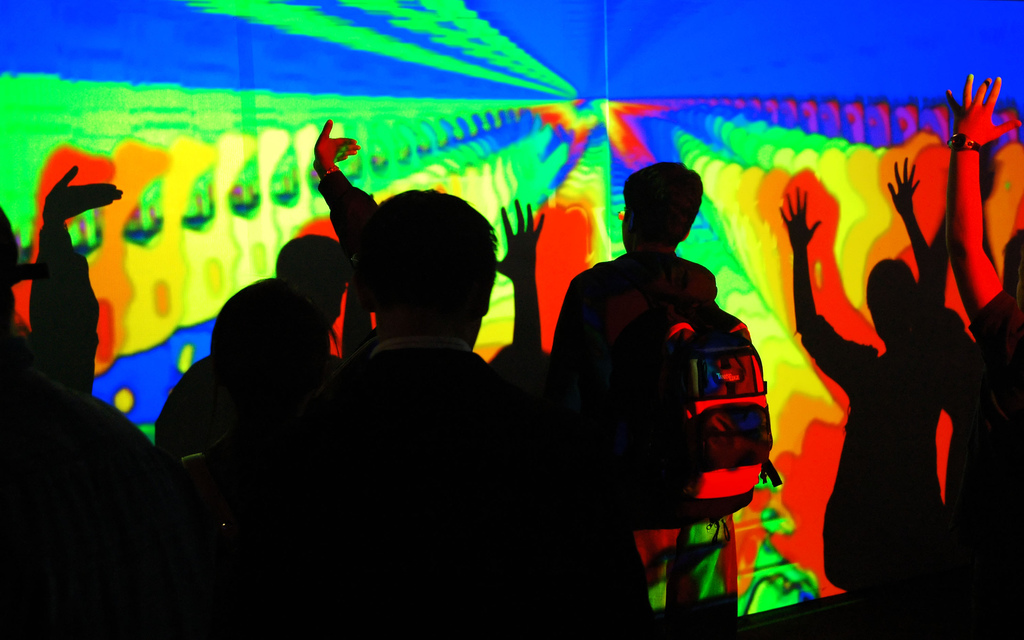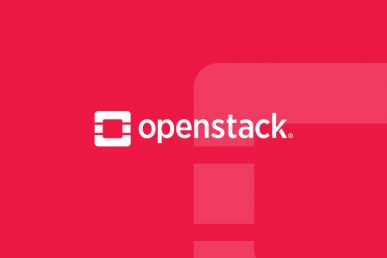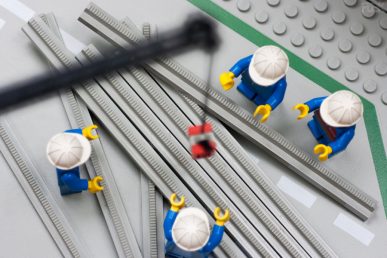This post is part of the Women of OpenStack Open Mic Series to spotlight women in various roles within our community, who have helped make OpenStack successful. With each post, we learn more about each woman’s involvement in the community and how they see the future of OpenStack taking shape. If you’d like to be featured, please email [email protected].
Anne Gentle works on the OpenStack project at Rackspace, using open source techniques for API design and documentation. She is responsible for ensuring the OpenStack Documentation site contains relevant and accurate documentation for over 20 projects written in Python across 130 git repositories. She advocates for cloud users and administrators by providing accurate technical information to increase OpenStack adoption as a cloud for the world. You can connect with her on Twitter and through her blog.
What’s your role in the OpenStack community?
I serve in two elected leadership roles. I’m the documentation project technical lead (PTL) and also serve on the OpenStack Technical Committee. I’ve worked on the project since just after it became an open source project in 2010. In 2012 I coordinated efforts to connect OpenStack to the GNOME Outreach Program for Women, now named Outreachy. We wanted to connect female interns to mentors who would work together on OpenStack projects. I like that Claire Massey at the OpenStack Foundation says I’m another API (applicaiton program interface) for OpenStack. I just like connecting people, projects, processes together, whatever it takes.
Why is it important for women to get involved with OpenStack?
I started looking for more women to connect with as I kept going to the in-person Summits twice a year. I’ve been to every Summit except for the first in Austin. I kept looking around and didn’t see many people quite like me. Not that I didn’t feel a part of the groups or social scenes, but that I knew I’d have more fun and be more comfortable with technical women joining the community.
Rackspace has been a great place to connect with technical women, and we believe that diversity in both contributor base and user base can be a surprising advantage when making products and working in communities. As an early contributor–and by early I mean when the community numbered in the tens, not hundreds–I always felt like the men I worked with and went to lunch with wanted diversity as well. It’s not just a feeling that it’s important–I know so from talking with my male colleagues!
What obstacles do women face when getting involved in the OpenStack community?
Our community is large and complex with plenty of entry points, which doesn’t make it easy for anyone to approach. I haven’t found specific obstacles related to being female, but there are certainly intimidation factors for certain styles of communication. If you’re in a Design Summit session, you have to speak up even if your voice shakes. If you’re on IRC in an important meeting, you have to type fast and be prepared. If you feel you are not worthy of a leadership role (the old imposter syndrome creeping in), you have to fake it until you make it.
I fully realize these are not obstacles for women only, that some cultures will find our complex community difficult to match up with. What I want to be sure of is that we are considerate of lots of styles and appreciate the diversity of our community.
What can help get women more involved with OpenStack?
I really believe in the power of allies. For women, male allies can make a huge difference in the quality of daily interactions as well as at community events. I recently wrote a blog post about my own personal experiences with male allies since I often get asked the question, "How can men help?" as I go out and talk about the issues facing women in technology. And you know what happened? My male allies like Stefano Maffulli and Nick Chase who both write a weekly newsletter linked to my blog. That was a huge support boost for me and I thank them both. We can help raise the awareness of these issues and also do specific actions to make sure women are welcomed, safe, and thriving in our community.
What changes would you like to see in OpenStack by the time a 12-year-old is 22 and graduating from college? How might that differ if the 12-year-old is a girl?
As long as we’re looking 10 years in the future, let’s look 10 years back to 2005. Phrases with "iPod" were four of the 10 ten Froogle searches for the year. Proprietary technology abounded in the consumer markets. Top-gaining searches were Orkut, Wikipedia, with Myspace at the very top.
We know the social technologies (Orkut, Myspace) dropped off but the open source one remained. Somehow, Wikipedia’s staying power is formidable. I believe OpenStack has that sort of staying power, due to being open source in a disruptive and innovative way. In contrast, cloud computing itself will become a given, basically gone from our vocabulary as we just "get" computing power, storage power and interconnected virtual networks. Let’s change OpenStack over the years to be self-sustaining and as ubiquitous and "invisible" as web servers.
Two weeks ago, another Racker mom and I gave cloud computing simulation demos to third, fourth and fifth-graders at our kids’ elementary school. We had the kids pretend to be cloud servers and networks with colored balls serving as the packets or files moving through the cloud. They loved it and even the teachers were engrossed in understanding "the cloud" by being "the cloud."
In 10 years these kids will be in higher-education classes, thinking back to simulations and finding ways to abstract away the layers of complexity to gain understanding. That simplification is what I hope for the current sixth-grade girls, to become women in technology who can make the complex so simple that we take it for granted. And please, let’s strive to make OpenStack so simple that we don’t even notice cloud computing, we just use it. In 10 years, let there be women participating in building and using OpenStack in such numbers that we don’t even notice gender.
Cover Photo by Adam Arroyo // CC BY NC-ND 2.0
- New to OpenStack? Why it pays to jump right in - May 6, 2015
- OpenStack: disruptive and innovative by design - April 27, 2015
- Why OpenStack will change the way we live, work and play - April 6, 2015

)










